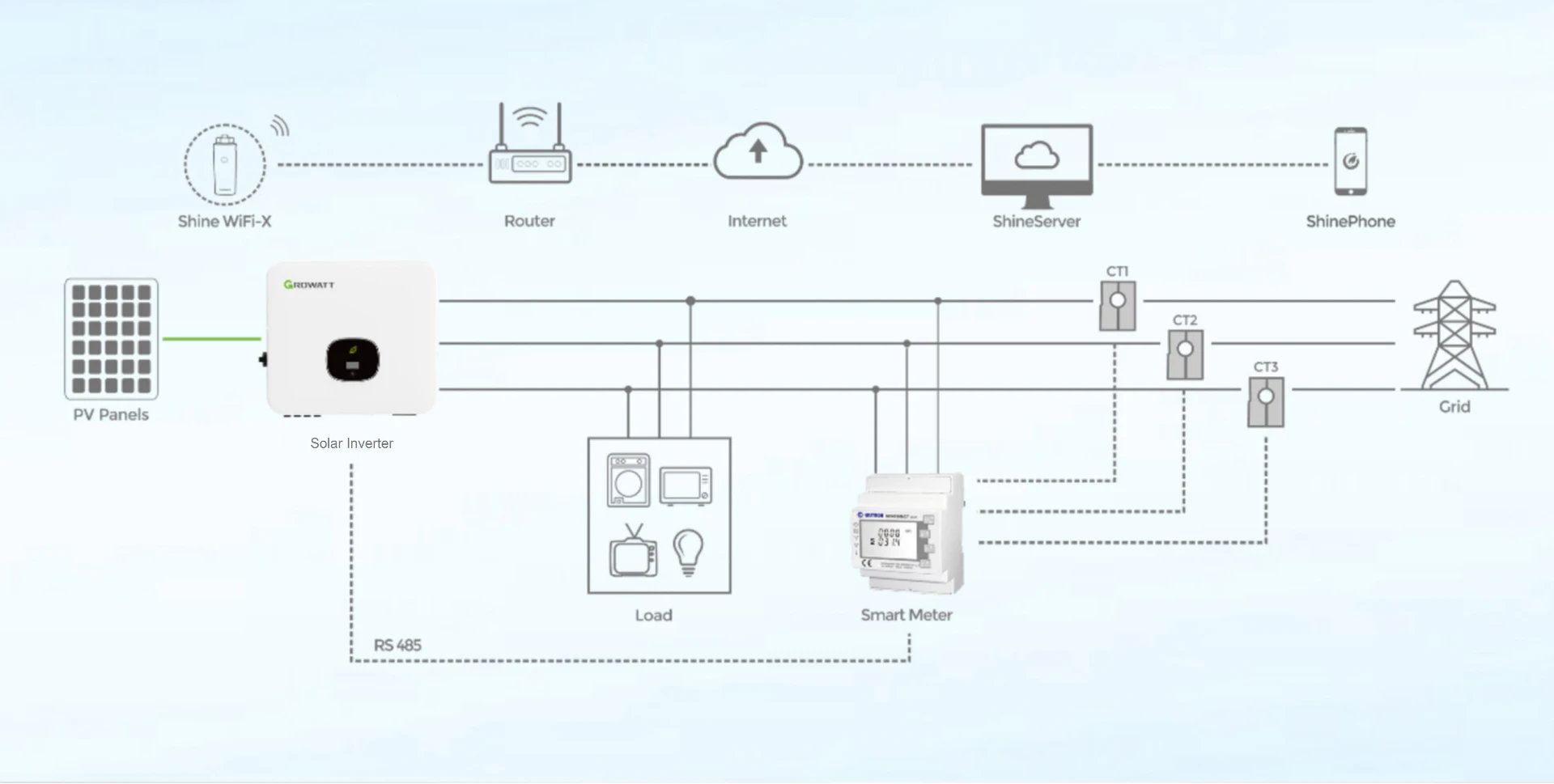Advantages of Bifacial Solar Systems in Renewable Energy Generation
Bifacial Solar Systems Harnessing the Power of Two Sides
In the quest for sustainable energy solutions, solar technology has steadily evolved, leading to the emergence of bifacial solar systems. These innovative systems harness solar energy from both sides of the solar panel, offering a more efficient and effective way to capture sunlight and convert it into electricity. As the global demand for renewable energy sources continues to rise, bifacial solar technology is rapidly gaining traction, promising to play a significant role in the future of energy production.
What is a Bifacial Solar System?
A bifacial solar panel is constructed with photovoltaic cells on both its front and back surfaces. Unlike traditional monofacial panels, which only capture sunlight on one side, bifacial panels can utilize reflected light from surfaces such as the ground, buildings, or water. This dual-sided approach allows for increased energy production, especially in locations with high albedo—where surfaces reflect more sunlight. Common applications for bifacial systems include solar farms, rooftops, and even floating solar arrays.
Advantages of Bifacial Solar Technology
1. Increased Energy Yield One of the most significant advantages of bifacial solar systems is their ability to produce more energy compared to traditional panels. Studies demonstrate that bifacial panels can achieve an increase of 10% to 30% in energy yield, depending on the installation environment and the materials used on the ground. The additional generation from the rear side helps to maximize the overall energy output.
2. Enhanced Durability Bifacial solar panels are often built with robust glass on both sides, making them more resilient and durable compared to their monofacial counterparts. This durability allows for longer service life and reduced maintenance costs, further justifying the initial investment in these advanced systems.
bifacial solar system

3. Versatile Installation Options Bifacial systems can be installed in various environments, including urban, rural, and even offshore settings. They can be mounted at tilted angles or on dual-axis trackers, optimizing their exposure to sunlight from different angles throughout the day. Their adaptability makes them suitable for diverse applications globally.
4. Cost-Effectiveness Although bifacial panels may have a higher upfront cost, their increased energy output often leads to lower Levelized Cost of Energy (LCOE) over time. As technology advances and manufacturing costs decrease, bifacial systems are becoming more affordable and competitive in the renewable energy market.
5. Environmental Benefits By generating more electricity from the same footprint, bifacial solar systems contribute to a more efficient use of land and resources. This reduced land requirement is particularly beneficial in regions where land use is a concern, allowing for the coexistence of agriculture and energy production, among other uses.
Challenges and Considerations
Despite their numerous advantages, bifacial solar systems do present certain challenges. The efficiency gain from the rear side of the panels is heavily reliant on the surrounding environment, including the type of ground material and the distance between the panels and the reflecting surface. Additionally, the technology may require more sophisticated mounting systems to maximize efficiency, which can complicate installation.
Conclusion
Bifacial solar systems represent a significant advancement in solar technology, offering substantial benefits in energy production, durability, and versatility. As the world moves toward a more sustainable energy future, these systems are poised to play an integral role in the global shift away from fossil fuels. With ongoing research and development, bifacial solar technology will continue to evolve, further enhancing its potential to meet the increasing energy demands of our world while contributing to environmental sustainability. Embracing bifacial systems could very well be a key step toward achieving a cleaner, greener planet.
-
String Solar Inverter: The High-Efficiency Solution for Smart Solar EnergyNewsJul.14,2025
-
Revolutionizing Rooftop Energy with the Power of the Micro Solar InverterNewsJul.14,2025
-
Power Independence with Smart Off Grid Solar Inverter SolutionsNewsJul.14,2025
-
On Grid Solar Inverter: Powering the Future with Smart Grid IntegrationNewsJul.14,2025
-
Monocrystalline Solar Panels: High-Efficiency Power for the Future of Clean EnergyNewsJul.14,2025
-
Bifacial Solar Panel: A Smarter Investment for Next-Generation Energy SystemsNewsJul.14,2025







